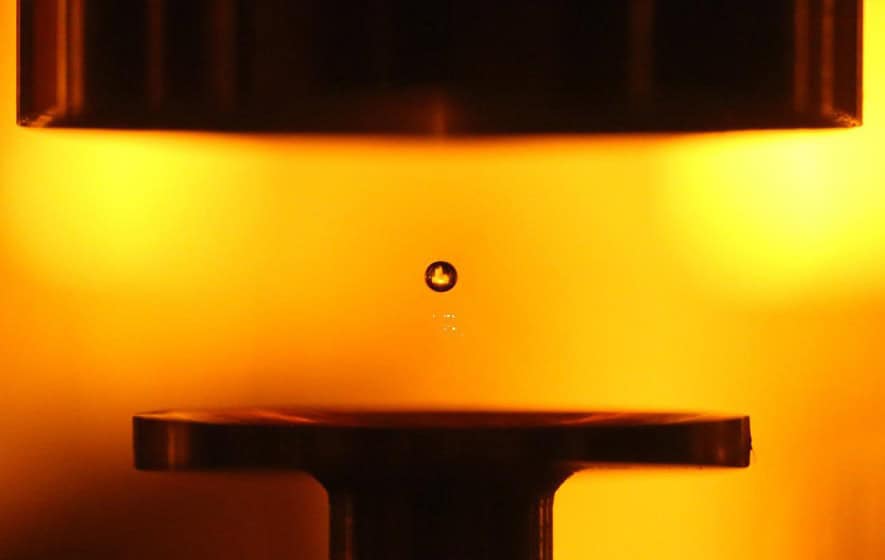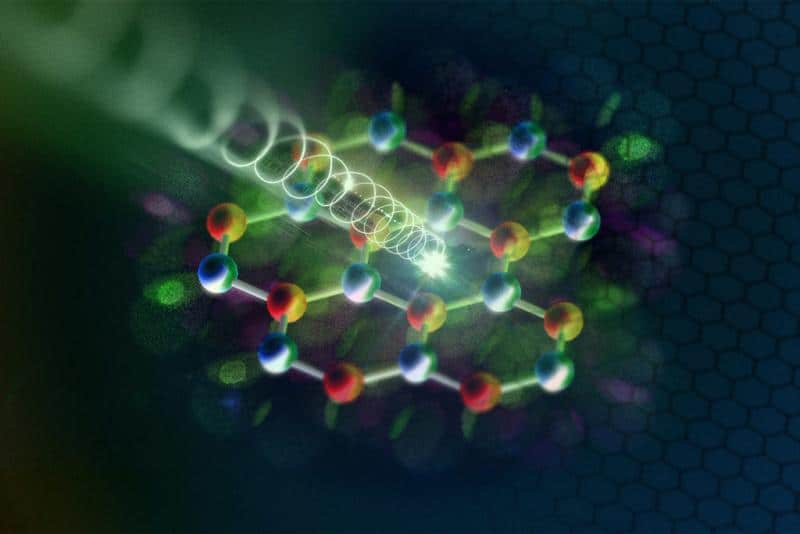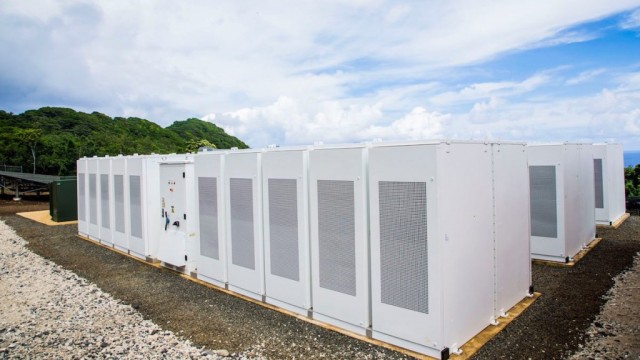
Tesla has recently deployed several very large energy storage projects, but a new one could apparently dwarf them all.
There was an important detail that came out of Tesla’s Q1 conference call but was mostly overlooked: Elon Musk teased a potential giant 1 GWh energy storage project, which would make it the biggest in the world by a wide margin, to be announced soon.
We published plenty of articles about the things that came out of the conference call, but I forgot about that particular comment until Galileo Russel reminded me of it during our podcast this week.
When Russel asked Musk about the impact of bringing online the giant 129 MWh Powerpack project in South Australia, the CEO answered:
“I think it had quite a profound effect. South Australia took a chance on doing the world’s biggest battery,and it’s worked out really well. If you read the articles, it worked out far beyond their expectations because the battery is able to respond at the millisecond level – far faster than any hydrocarbon plant. So, its grid stabilization was much greater actually than even a gas turbine plant, which normally respond quite fast.
Musk is referring to the grid services that the battery pack has been performing for the South Australian grid.
As we previously reported, the giant battery system made around $1 million in just a few days back in January though frequency response and it is already eating away at ‘gas cartel’s’ profits, according to a recent report.
Like Musk mentioned, it is proving to be much more efficient than the hydrocarbon peaker plants that the grid operators generally use to stabilize the grid.
But the question was about how it is impacting demand, so Musk continued:
The utilities that we’ve worked eith thus far have really loved the battery pack and I feel confident that we’ll be able to announce a deal at the gigawatt-hour scale within a matter of months. So, it’s 1,000-megawatt-hours…”
That comment is extremely important, but it sort of fell through the cracks.
Musk is talking about an upcoming announcement of a giant energy storage project several times bigger than anything that has ever been done before.
A project of that scale would be quite revolutionary. Tesla could already beat its own record with another Powerpack project with Neoen in Australia, but it’s still not at the gigawatt-hour scale.
The company’s project to install Powerwalls and solar power on 50,000 homes to create the biggest virtual power plant in the world could come close in total energy capacity, but it’s still not quite there yet either.
The only project that comes to mind is Xcel Energy’s plan for a massive energy storage system in Colorado. We already reported that Tesla bid on the project with a 75 MW/300 MWh Powerpack system, which would be the biggest in the world, but other companies have bid with 1 GWh projects.
Tesla could have potentially updated its bid to bring it up to scale.
Electrek’s Take
When Musk first announced ‘Tesla Energy’ and unveiled the Powerwall and Powerpack in 2015, he said that those energy solutions are modular and could technically be deployed in gigawatt-hour scale projects in the future, but I don’t think people thought that that future would be just 3 years away.
Lithium-ion energy storage projects have already come a long way during those 3 years, but I think a project of this size would still shock many people.
It will undoubtedly require a significant increase in production capacity at Gigafactory 1.








